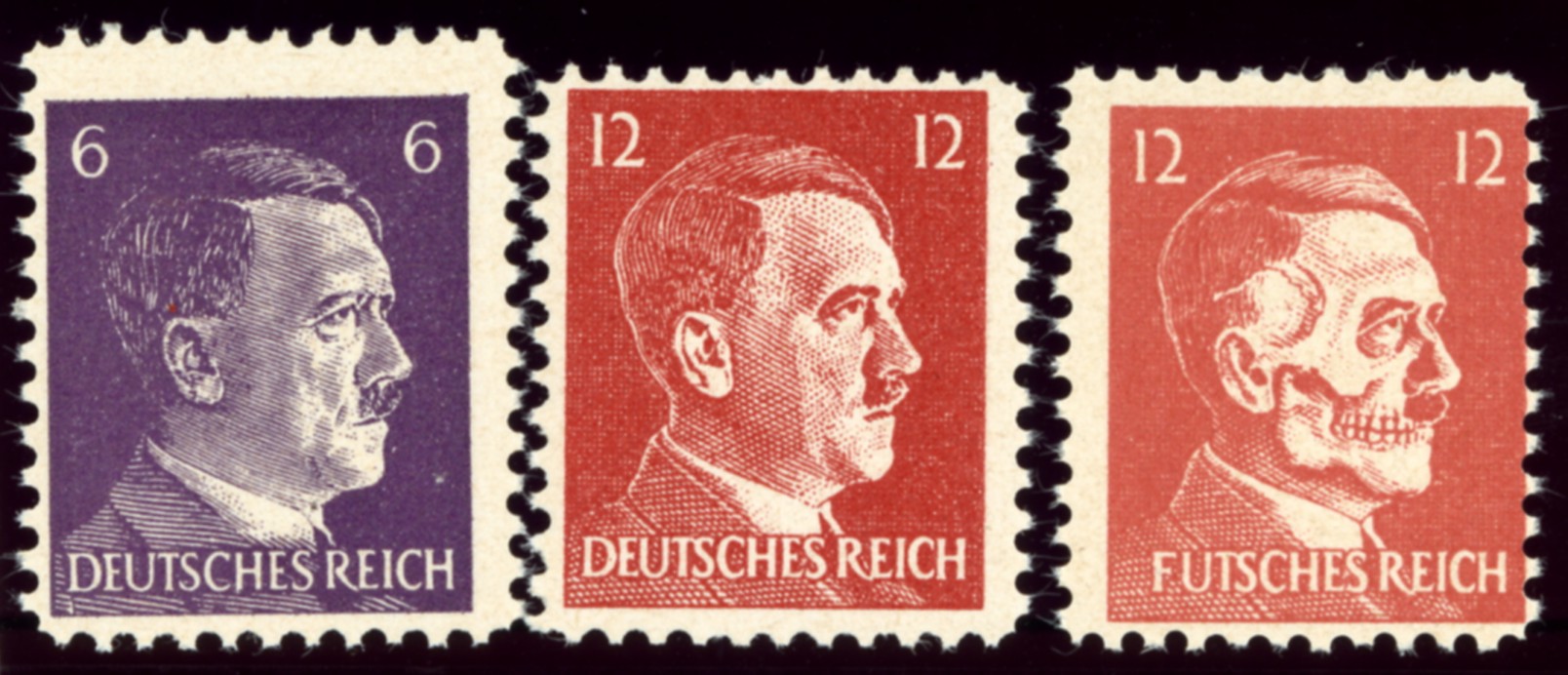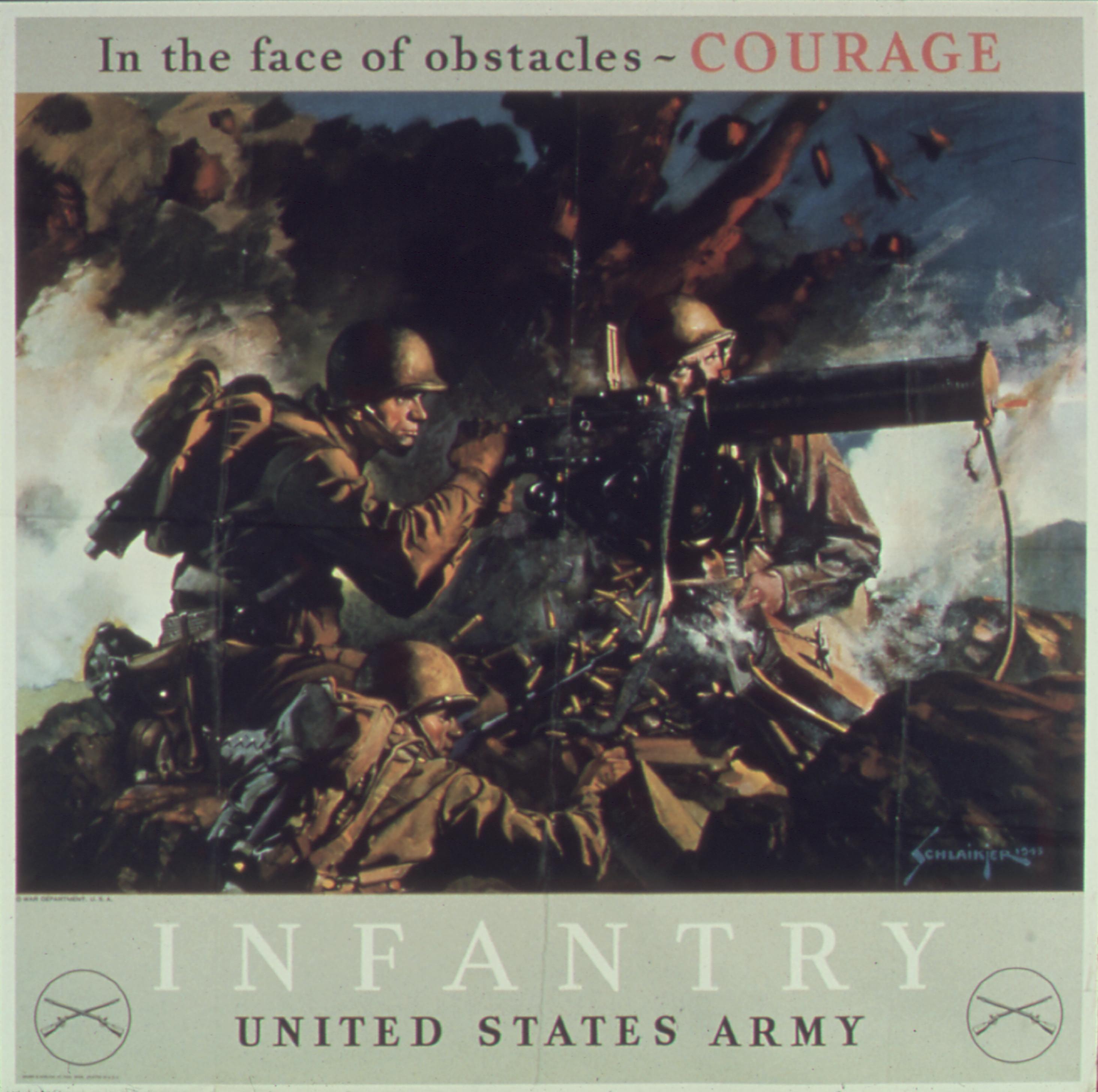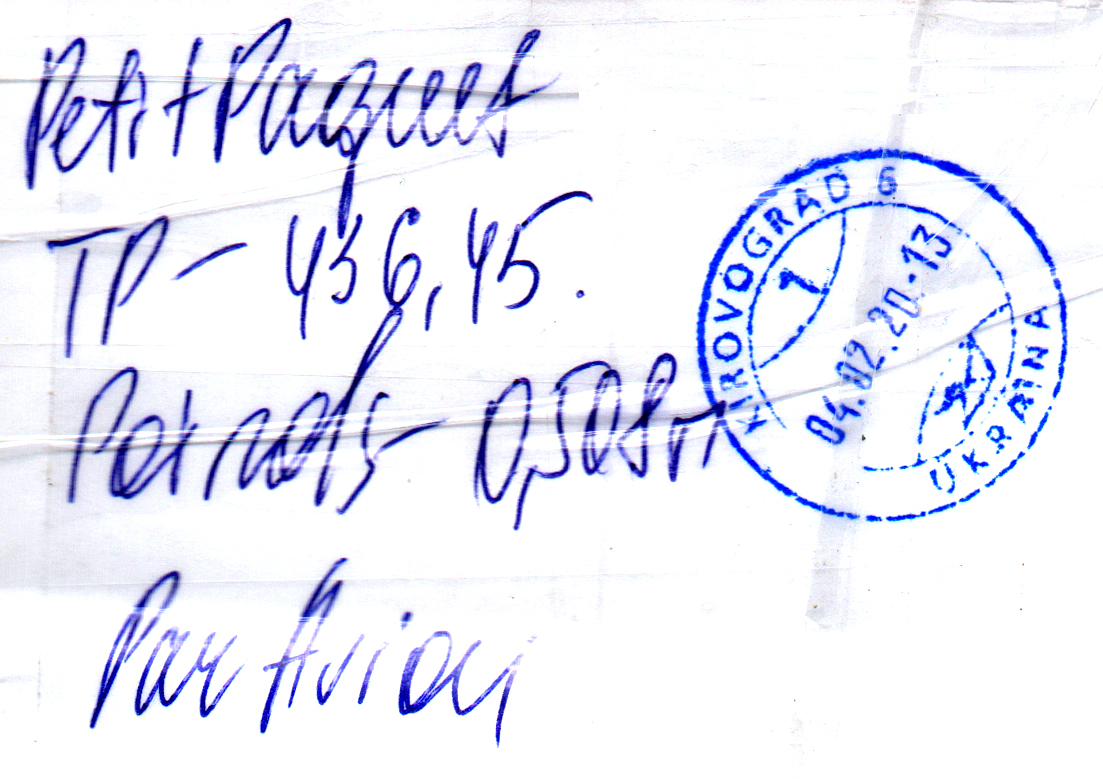|
Operation Cornflakes
Operation Cornflakes was a morale operation by the Office of Strategic Services during World War II that aimed to trick into inadvertently delivering anti-Nazi propaganda to German citizens through mail. The operation involved special planes that were instructed to airdrop bags of false, but properly addressed, mail in the vicinity of bombed mail trains. When recovering the mail during clean-up of the wreck, the postal service would hopefully confuse the false mail for the real thing and deliver it to the various addresses. Background The OSS was formed from the division of the Foreign Information Service (FIS) and the Office of the Coordinator of Information (COI), a division that President Roosevelt enacted by Executive order 9128. The remainder of the COI was renamed the Office of Strategic Services. The newly formed OSS was under jurisdiction of the Joint Chief of Staff, giving the OSS the capability and status of a military branch. The overarching goal of the operation wa ... [...More Info...] [...Related Items...] OR: [Wikipedia] [Google] [Baidu] |
Mail Bag
A mail bag or mailbag is a generic term for a type of bag used for collecting, carrying, categorizing, and classifying different types of postal material, depending on its priority, destination, and method of transport. It is oftentimes used by a post office system in transporting these different grades of mail.However, according to the Oxford English Dictionary, a second definition is "the letters received by a person, especially a public figure." Thus, for example, the " Mailbag special" featuring letter requests from viewers is a recurrent event on MythBusters. The ''mailbag'' is carried by some means of transporting like a mail carrier, animal (''e.g.'', mule, horse), or a mobile post office. Letters and printed material delivered by mail in the seventeen-hundreds were carried by horse in a saddle bag. There are several different types of ''mailbags'' for different purposes (''e.g.'', transporting mail to and from post offices, delivering mail to businesses and homes). The ... [...More Info...] [...Related Items...] OR: [Wikipedia] [Google] [Baidu] |
Philatelic Fakes And Forgeries
In general, philatelic fakes and forgeries are labels that look like postage stamps but have been produced to deceive or defraud. Learning to identify these can be a challenging branch of philately. To a large extent the definitions below are consistent with those given in the introduction to various recent editions of the ''Scott Standard Postage Stamp Catalogue''. "We use the term ''"forgery"'' to indicate stamps produced to defraud collectors (properly known as forgeries) and to defraud stamp-issuing governments (properly known as counterfeits). ''"Fake"'' is used to indicate the alteration of a genuine stamp to make it appear as something else. Fakes might refer to cancellations, overprints, added or clipped perforations, stamp design alterations, etc." While difficult to do today, one famous case is the Stock Exchange forgery of the late 19th century. Questions are often raised about when a stamp is legitimately produced for postage. Matthew Karanian has proposed the f ... [...More Info...] [...Related Items...] OR: [Wikipedia] [Google] [Baidu] |
American Propaganda During World War II
During American involvement in World War II (1941–45), propaganda was used to increase support for the war and commitment to an Allied victory. Using a vast array of media, propagandists instigated hatred for the enemy and support for America's allies, urged greater public effort for war production and victory gardens, persuaded people to save some of their material so that more material could be used for the war effort, and sold war bonds. Patriotism became the central theme of advertising throughout the war, as large scale campaigns were launched to sell war bonds, promote efficiency in factories, reduce ugly rumors, and maintain civilian morale. The war consolidated the advertising industry's role in American society, deflecting earlier criticism. The axis leaders were portrayed as cartoon caricatures to make them appear foolish and idiotic. Campaign At first, the government was reluctant to engage in propaganda campaigns, but pressure from the media, the business sec ... [...More Info...] [...Related Items...] OR: [Wikipedia] [Google] [Baidu] |
Postage Stamp
A postage stamp is a small piece of paper issued by a post office, postal administration, or other authorized vendors to customers who pay postage (the cost involved in moving, insuring, or registering mail), who then affix the stamp to the face or address-side of any item of mail—an envelope or other postal cover (e.g., packet, box, mailing cylinder)—that they wish to send. The item is then processed by the postal system, where a postmark or cancellation mark—in modern usage indicating date and point of origin of mailing—is applied to the stamp and its left and right sides to prevent its reuse. The item is then delivered to its addressee. Always featuring the name of the issuing nation (with the exception of the United Kingdom), a denomination of its value, and often an illustration of persons, events, institutions, or natural realities that symbolize the nation's traditions and values, every stamp is printed on a piece of usually rectangular, but sometimes triangular ... [...More Info...] [...Related Items...] OR: [Wikipedia] [Google] [Baidu] |
Pfennig
The 'pfennig' (; . 'pfennigs' or ; symbol pf or ₰) or penny is a former German coin or note, which was the official currency from the 9th century until the introduction of the euro in 2002. While a valuable coin during the Middle Ages, it lost its value through the years and was the minor coin of the Mark currencies in the German Reich, West and East Germany, and the reunified Germany until the introduction of the euro. Pfennig was also the name of the subunit of the Danzig mark (1922–1923) and the Danzig gulden (1923–1939) in the Free City of Danzig (modern Gdańsk, Poland). Overview Name The word ''Pfennig'' (replacing the ''denarius'' or ''denarius'' as a low-denomination silver coin) can be traced back to the 8th century and also became known as the ''Penning'', ''Panni(n)g '', ''Pfenni(n)c'', ''Pfending'' and by other names, e.g. in Prussia until 1873, ''Pfenning''. The ''-ing''- or ''-inc'' suffix was used, in addition to ''-ung'', the formation of affil ... [...More Info...] [...Related Items...] OR: [Wikipedia] [Google] [Baidu] |
Greenwood Publishing Group
Greenwood Publishing Group, Inc. (GPG), also known as ABC-Clio/Greenwood (stylized ABC-CLIO/Greenwood), is an educational and academic publisher (middle school through university level) which is today part of ABC-Clio. Established in 1967 as Greenwood Press, Inc. and based in Westport, Connecticut, GPG publishes reference works under its Greenwood Press imprint, and scholarly, professional, and general interest books under its related imprint, Praeger Publishers (). Also part of GPG is Libraries Unlimited, which publishes professional works for librarians and teachers. History 1967–1999 The company was founded as Greenwood Press, Inc. in 1967 by Harold Mason, a librarian and antiquarian bookseller, and Harold Schwartz who had a background in trade publishing. Based in Greenwood, New York, the company initially focused on reprinting out-of-print works, particularly titles listed in the American Library Association's first edition of ''Books for College Libraries'' (1967), unde ... [...More Info...] [...Related Items...] OR: [Wikipedia] [Google] [Baidu] |
Linz
Linz ( , ; cs, Linec) is the capital of Upper Austria and third-largest city in Austria. In the north of the country, it is on the Danube south of the Czech border. In 2018, the population was 204,846. In 2009, it was a European Capital of Culture. Geography Linz is in the centre of Europe, lying on the Paris–Budapest west–east axis and the Malmö–Trieste north–south axis. The Danube is the main tourism and transport connection that runs through the city. Approximately 29.27% of the city's wide area is grassland. A further 17.95% are covered with forest. All the rest areas fall on water (6.39%), traffic areas and land. Districts Since January 2014 the city has been divided into 16 statistical districts: Before 2014 Linz was divided into nine districts and 36 statistical quarters. They were: #Ebelsberg #Innenstadt: Altstadtviertel, Rathausviertel, Kaplanhofviertel, Neustadtviertel, Volksgartenviertel, Römerberg-Margarethen #Kleinmünchen: Kleinmünchen, Neue ... [...More Info...] [...Related Items...] OR: [Wikipedia] [Google] [Baidu] |
Propaganda
Propaganda is communication that is primarily used to influence or persuade an audience to further an agenda, which may not be objective and may be selectively presenting facts to encourage a particular synthesis or perception, or using loaded language to produce an emotional rather than a rational response to the information that is being presented. Propaganda can be found in news and journalism, government, advertising, entertainment, education, and activism and is often associated with material which is prepared by governments as part of war efforts, political campaigns, health campaigns, revolutionaries, big businesses, ultra-religious organizations, the media, and certain individuals such as soapboxers. In the 20th century, the English term ''propaganda'' was often associated with a manipulative approach, but historically, propaganda has been a neutral descriptive term of any material that promotes certain opinions or ideologies. Equivalent non-English terms have also la ... [...More Info...] [...Related Items...] OR: [Wikipedia] [Google] [Baidu] |
Franking
Franking comprises all devices, markings, or combinations thereof ("franks") applied to mails of any class which qualifies them to be postally serviced. Types of franks include uncanceled and precanceled postage stamps (both adhesive and printed on postal stationery), impressions applied via postage meter (via so-called "postage evidencing systems"), official use "Penalty" franks, Business Reply Mail (BRM), and other permit Imprints (Indicia), manuscript and facsimile "franking privilege" signatures, "soldier's mail" markings, and any other forms authorized by the 192 postal administrations that are members of the Universal Postal Union. Types and methods While all affixed postage stamps and other markings applied to mail to qualify it for postal service is franking, not all types and methods are used to frank all types or classes of mails. Each of the world's national and other postal administrations establishes and regulates the specific methods and standards of franking as they ... [...More Info...] [...Related Items...] OR: [Wikipedia] [Google] [Baidu] |
Heinrich Himmler
Heinrich Luitpold Himmler (; 7 October 1900 – 23 May 1945) was of the (Protection Squadron; SS), and a leading member of the Nazi Party of Germany. Himmler was one of the most powerful men in Nazi Germany and a main architect of the Holocaust. As a member of a reserve battalion during World War I, Himmler did not see active service, and did not fight. He studied agriculture in university, and joined the Nazi Party in 1923 and the SS in 1925. In 1929, he was appointed by Adolf Hitler. Over the next 16 years, he developed the SS from a 290-man battalion into a million-strong paramilitary group, and set up and controlled the Nazi concentration camps. He was known for good organisational skills and for selecting highly competent subordinates, such as Reinhard Heydrich in 1931. From 1943 onwards, he was both Chief of German Police and Minister of the Interior, overseeing all internal and external police and security forces, including the Gestapo (Secret State Police). H ... [...More Info...] [...Related Items...] OR: [Wikipedia] [Google] [Baidu] |
Prisoners Of War
A prisoner of war (POW) is a person who is held Captivity, captive by a belligerent power during or immediately after an armed conflict. The earliest recorded usage of the phrase "prisoner of war" dates back to 1610. Belligerents hold prisoners of war in custody for a range of legitimate and illegitimate reasons, such as isolating them from the enemy combatants still in the field (releasing and Repatriation, repatriating them in an orderly manner after hostilities), demonstrating military victory, punishing them, prosecuting them for war crimes, exploitation of labour, exploiting them for their labour, recruiting or even Conscription, conscripting them as their own combatants, collecting military and political intelligence from them, or Indoctrination, indoctrinating them in new political or religious beliefs. Ancient times For most of human history, depending on the culture of the victors, enemy fighters on the losing side in a battle who had surrendered and been taken as ... [...More Info...] [...Related Items...] OR: [Wikipedia] [Google] [Baidu] |









